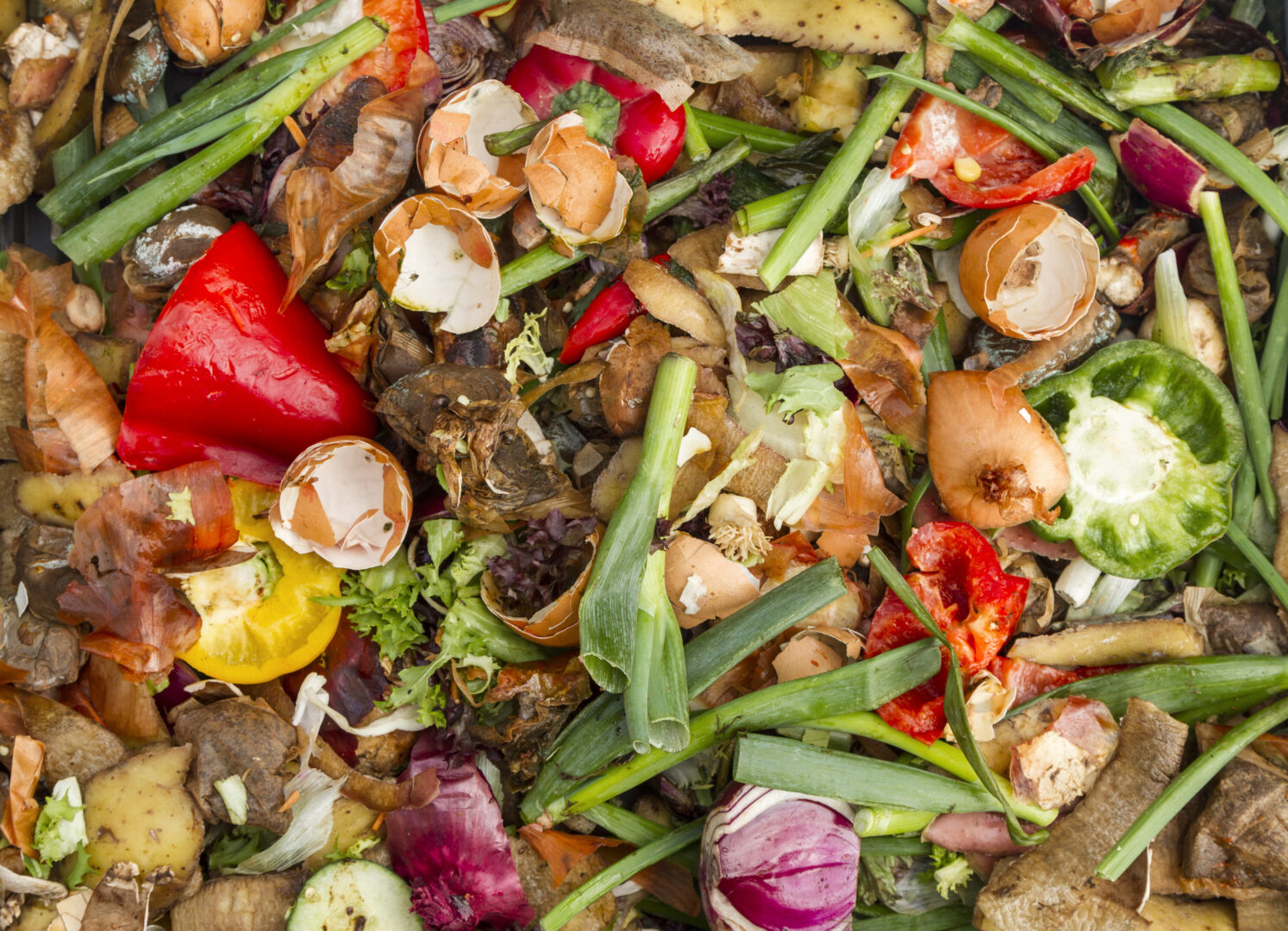
Domestic kitchen waste on compost heap

Domestic kitchen waste on compost heap

Domestic kitchen waste on compost heap
Airdate: October 14, 2022
It’s estimated that 54 million tons of food or almost a quarter of all food in the U.S. is wasted. That translates to 90 billion meals.
Food waste is not just an issue of food that could go to those who are food insecure or hungry, but it is an environmental issue as well. it’s estimated that wasted food makes up about 4% of total U.S. greenhouse gas emissions, food that goes uneaten, accounts for 14% of freshwater use, 18% of cropland use. In the US it’s a quarter of landfill by volume. (Source: ReFed)
How are we wasting so much food?
Jackie Suggitt, Director of Capital, Innovation & Engagement, with ReFED, which describes itself as a national nonprofit dedicated to ending food loss and waste across the U.S. food system, appeared on Friday’s Smart Talk and explained,”If we look across the supply chain, we have everything from food on the farm that is never harvested or it’s tilled back into the ground. In our production processes, we have trimmings and byproducts. So the food that is excess that is getting thrown away in our own homes. Spoilage is a huge reason we show stuff in the back of our fridge. We forget it’s there. Another big driver at homes are date labels. So that little “best stuff used by” on your package. If I party yogurt and it expired yesterday, I might just throw it away. So there’s a lot of different reasons. You think about dining out in restaurants. We have large portion sizes that we can’t finish.”
Refed has offered more than 40 solutions to wasting food but broke down to seven themed areas as Suggitt described,”The first is about optimizing the harvest, so avoiding overproduction and harvesting as much as we can. Second would be enhancing product distribution. So thinking about how we can maximize freshness by moving our food more efficiently. The third is refining product management, so aligning our purchases and sales as closely as possible. The fourth is maximizing product utilization, so designing our facilities and operations to use as much food as we possibly can. The fifth is reshaping consumer environments. This is an interesting one because we can educate consumers and ask them to make behavior changes, but we also actually need to change the environment in which they shop and eat to make it hard to reduce or to to waste food. Excuse me, so that we’re taking some of that burden off of their shoulders, in a sense. And then the last two find that we have strengthening food rescue. We have really robust food recovery and rescue systems across the U.S. But this is about improving those and addressing some of the bottlenecks. And then finally, recycling any food remaining. So finding the highest and best use for any food that we have left to to capture those nutrients or that energy or any other residual value that it may have.”
Suggitt put the huge amount of food wasted into perspective,”It is a staggering number. And maybe just to make it a little more relatable, you imagine walking into a grocery store, buying three bags of groceries and throwing one away before you get to your car, which seems like a ridiculous behavior. But essentially that’s what’s happening throughout the entire supply chain.”
The days of journalism’s one-way street of simply producing stories for the public have long been over. Now, it’s time to find better ways to interact with you and ensure we meet your high standards of what a credible media organization should be.